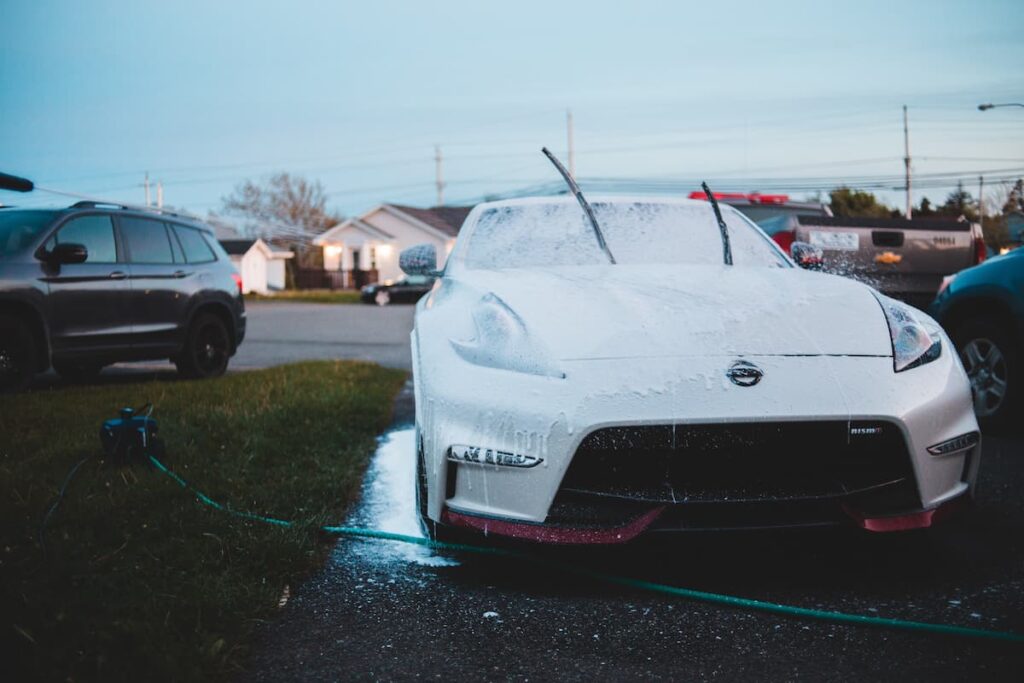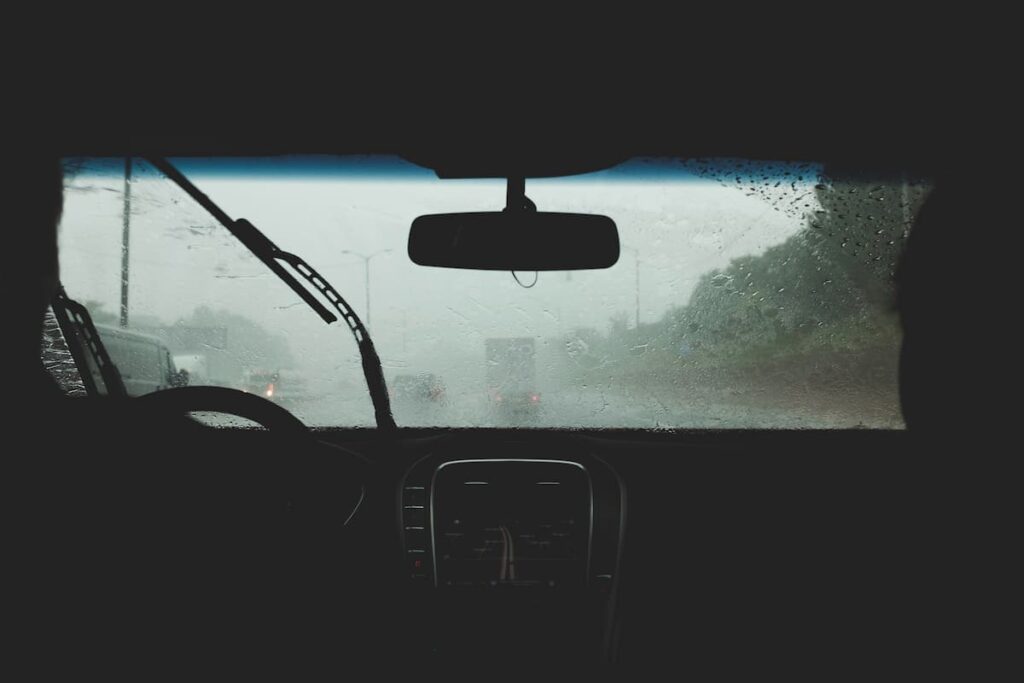Windshield wipers keep your car’s glasses (front and rear) cleaned. Yet, they end up forgotten when it comes to the car’s maintenance — causing its decay. And why’s that? Because it’s common to replace the wipers only when they look very dirty or damaged.
But did you know that it’s more difficult to maintain these brushes cleaned during summer? That’s why it is so important to protect your car mostly during winter — to avoid unpleasant (and expensive) replacements in the future.
Avoid spending more than you need to, and learn how to protect your windshield wipers all year round.

Why windshield wipers are crucial in any vehicle
These window wipers keep water and other dirt off the windshield and ensure the same for the rear window. These wipers clean and ensure good visibility while driving, thanks to a specific cleaning fluid.
When you turn them on, car window wipers clean the windshield with the rubber they at the ends.
These wipers are most used in the winter — when it rains the most, meaning that you can activate several modes: intermittent, medium, and high.
On average, a windshield wiper lasts 6 to 12 months.
But without proper maintenance, that time can shorten. So it’s time to learn how to prevent such situations.
Windshield wiper blades: how to clean, protect, and maintain
Don’t worry, because it’s simple to maintain this routine. Doing so means you don’t need to replace windshield wipers every year.
First, place the wiper blades perpendicular to the front and rear glass windows. Then, follow these steps:
- Step 1: moisten a soft cloth with warm water and a little detergent. Use the cloth on the wipers, in both directions, to remove the dirt. As you clean, you will notice the cloth getting cleaner and cleaner, which is a good sign;
- Step 2: Clean the brush arm and the hinge too.
Don’t use paper or newspaper. These materials will crumble and stick to the brush rubber.
Extra recommendations
- If you notice any dirt stuck to the windshield, which the wipers won’t remove, clean it by hand. Avoid further damage to the rubber;
- Use a liquid windshield wiper fluid. Other fluids can damage the rubber;
- To avoid scratches, don’t turn on the windshield wipers when the glass is dry.
This maintenance ensures that you have no surprises in the future. A good exterior and interior cleaning is essential to avoid unnecessary spending.

Replacing windscreen wipers: 5 signs to watch for
Remember when you changed the wiper blades on your car? No? Don’t worry. With these 5 signs, you will understand when you should do it from now on.
1. Cracked wipers
If you notice that the rubbers aren’t smooth, it’s time to change them.
2. You turn on the brushes, but the glass is still dirty
If the brush doesn’t clean the glass well, it’s a sign that it has hardened and needs replacing.
3. The windshield wiper doesn’t glide
There’s no constant gliding? Does the wiper jam as it cleans? Pay attention to that.
4. The window wipers draw lines on the glass
This normally happens when the rubber’s cut.
5. Noisy windscreen wipers
Sharp or shrill. At that point, you should replace the brushes.
Pay close attention to these signs, especially in the summer when wiper blades suffer the most.
But why summer? Why do wipers decay faster when it’s warmer?
Because the heat hardens the rubbers, preventing good cleaning. Also, the dust that circulates in the air — when it’s warmer — gets into the brush holes, decaying them.
So it’s best to get ahead of that.
Replace your windshield and rear window wipers before winter, and make it a rule. Ensure you have a good cleaning routine from then on so you don’t have to change the windshield wipers every year. That way, you avoid spending money on this component every time.
Extra tip: to avoid changing the wiper blades annually, you can substitute for old windshield wipers in the Summer. Thus, these suffer wear and tear, and in the Autumn, you can replace them with the actual wiper blades.

